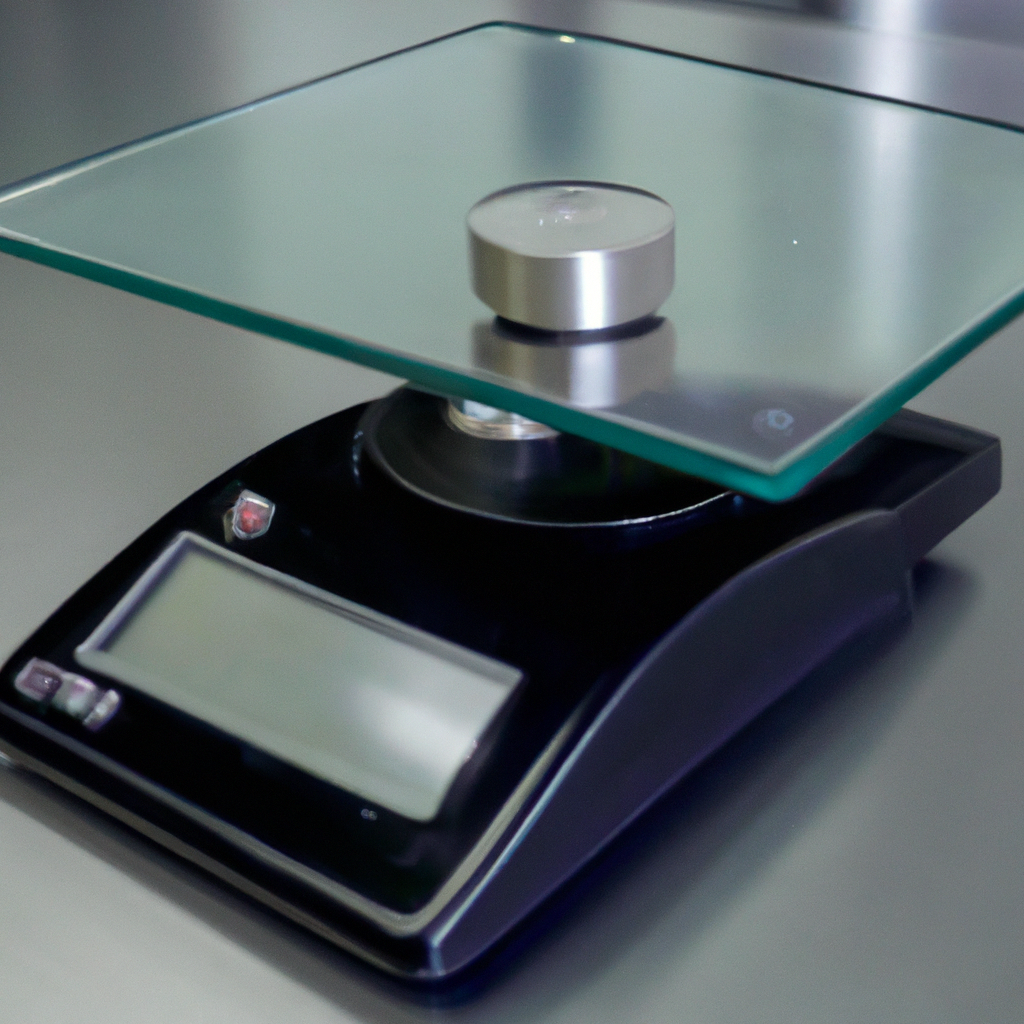An electronic scale is a digital weighing system that measures the weight of an object or substance. It is a precision measuring device that employs sensor technology to determine the weight of an item. The accuracy of an electronic scale is dependent on the quality of the weight sensors, load cells, and weight calibration. In this article, we will delve deeper into how an electronic scale works.
Understanding Sensor Technology
An electronic scale uses sensor technology to detect the weight of an object. The sensors are made up of load cells that convert the force exerted by the object into an electrical signal. This electrical signal is then converted into a weight measurement by the scale’s internal circuitry.
Load Cells
Load cells are essential components of an electronic scale and are responsible for converting force into an electrical signal. They are made up of several strain gauges that are bonded to a metallic element. When a force is applied to the load cell, the metallic element deforms, causing the strain gauges to stretch or compress. This change in dimension causes the electrical resistance of the strain gauges to change, which is then converted into an electrical signal. The electrical signal is proportional to the force applied to the load cell, which is then used to calculate the weight of the object.
Types of Load Cells
The most common types of load cells used in electronic scales are hydraulic load cells, pneumatic load cells, and strain gauge load cells. Hydraulic load cells are used in heavy-duty applications, while pneumatic load cells are used in low-capacity applications. Strain gauge load cells are the most commonly used type of load cells in electronic scales because they are more accurate and reliable.
Weight Sensors
Weight sensors are used to convert the electrical signal from the load cells into a weight measurement. They are responsible for amplifying, filtering, and processing the electrical signal. Weight sensors are typically made up of an amplifier, filter, and analog-to-digital converter (ADC). The amplifier increases the strength of the electrical signal, the filter removes any unwanted noise from the signal, and the ADC converts the analog signal into a digital signal that can be displayed on the scale’s screen.
Weight Accuracy
The accuracy of an electronic scale is determined by the quality of the load cells, weight sensors, and weight calibration. The load cells must be able to accurately convert the force exerted by the object into an electrical signal. The weight sensors must be able to amplify, filter, and convert the electrical signal into a weight measurement accurately. Additionally, the scale must be calibrated to ensure that it is measuring weight accurately.
Weight Calibration
Weight calibration is the process of adjusting the scale to ensure that it is measuring weight accurately. The scale is calibrated by comparing its readings to a known weight. If the scale’s readings are not accurate, it is adjusted until it is measuring weight accurately.
Weight Calculation
The weight calculation is the process of converting the electrical signal from the load cells into a weight measurement. The electrical signal is first amplified by the weight sensors, filtered, and then converted into a digital signal by the ADC. The digital signal is then processed by the scale’s internal circuitry to calculate the weight of the object.
Conclusion
In conclusion, an electronic scale is a precision measuring device that employs sensor technology to determine the weight of an object. The load cells convert the force exerted by the object into an electrical signal, which is then converted into a weight measurement by the weight sensors. The accuracy of the scale is dependent on the quality of the load cells, weight sensors, and weight calibration. Additionally, the scale’s internal circuitry processes the electrical signal to calculate the weight of the object accurately.







